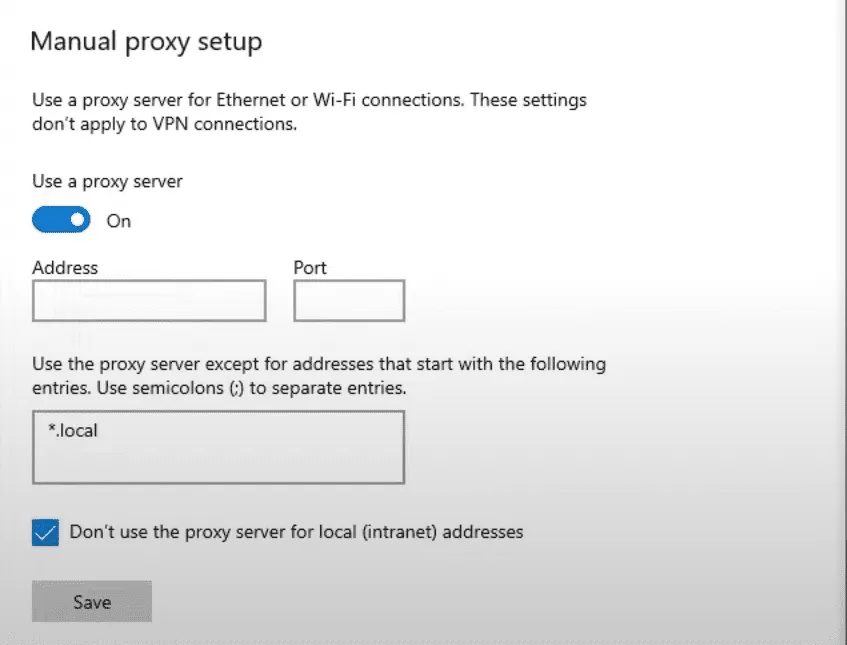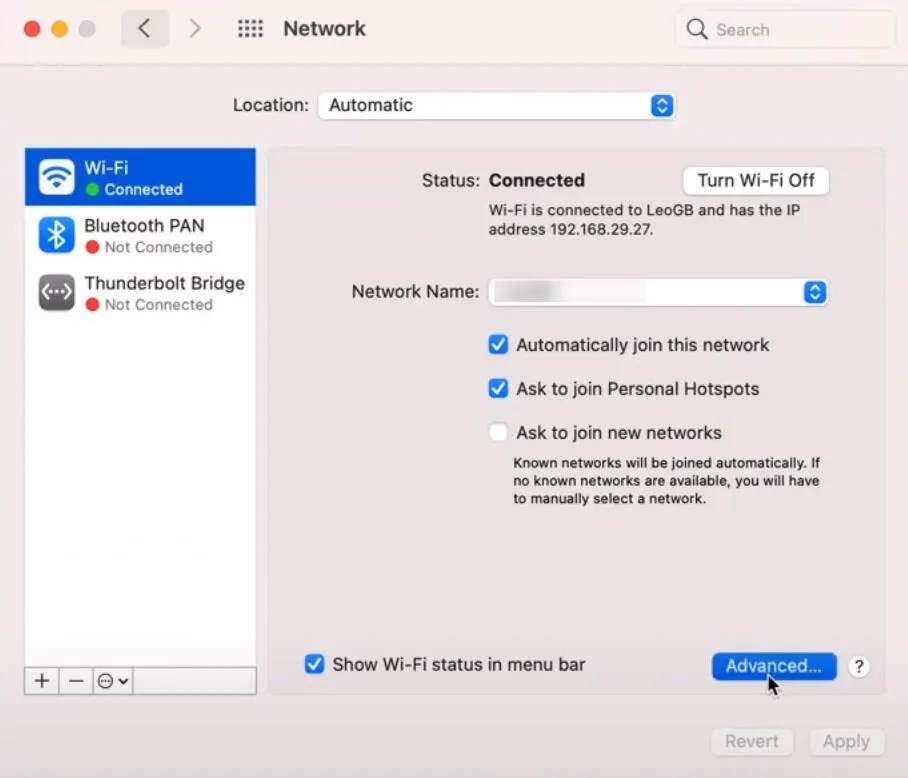Proxy servers have become an essential tool for a lot of businesses and organizations. However, regular users can also benefit from its use and increase the security and anonymity of their network. In this article we will cover the process of proxy server address verification for most popular OS solutions and browser setups.
Proxy Address Detectors
Sites can sense a proxy by special software made for this called proxy detectors. Some of the websites can provide you with proxy detection instruments. These sites will attempt to identify whether you are connecting to them through proxies or directly. For example, if you visit WhatIsMyProxy.com, the site automatically launches a simple check to detect your proxies. But, you also can start a deep check by pressing a button at the beginning of the page. This way, you will be able to see a detailed report about your connection.
Another site that can help you with detecting your proxy information is located at WhatIsMyIp.com. There you can see your public IP at the moment and check if the browser can detect your proxy usage. You can also try to use a WhatIsMyIPAddress.com page that brings the same functions. The site will show you the current IP, location and provider. Through the Tools’ menu, you can start a proxy check to see if the browser can detect your setup.
However, the proxy detectors also have commercial options. Detectors of that kind work by testing your link and searching for HTTP headers that datacenter proxies servers usually use. If those headers can’t be found, the detector will assume that the device is either directly connected to the site or using a highly private server. Detectors also can’t tell the difference between a proxy which does not change your IP and direct connection.
Detectors like these are often used by governments, private companies and Internet security organizations. For example, in schools detectors of proxy can be used for maintaining normal functionality of servers, or for monitoring attempts of firewall bypass by students. The same way, but in bigger scale detectors, used by the government officials to monitor IPs that tend to access restricted information. That can be overcome by using a datacenter rotating proxies.
Setting Up and Verifying Proxy IP in Windows
You can check your actual proxy address or or start setting up a new connection in Windows 10 by just going through the Settings app without any third-party apps. A setup like this won’t work well in tandem with a VPN, but all of your other connections will be redirected to the proxy. Basically, Windows 10 proxy settings for IP verification are almost identical to a Win 11 and can be completed in few easy steps:
- Open Settings app and press the Network & Internet button.

Press on the Proxy menu.

In this window, you can set up an auto connection if your organization has this option. Otherwise, you can use script setup by entering the URL.

Manual setup can also be done in this window. Toggle the switch and enter the address and port of your proxy.
Now you can check the IP address of the proxy in your Windows system.
Once you’ve gone through all the steps above, the new setup should start working and all requests from your device will be redirected to the server. You can disable the proxy by simply retracting the instruction.
Proxy Windows 7 setting is a little bit complicated, however, goes for the same pattern with the previous guide for win 10 proxy settings. Proxy configuration in Win 7 will also affect all traffic in browsers and installed apps that support proxy:
Go to the Control Panel app and then press Internet Options.

In the new menu, choose Connections and LAN settings.

Choose what type of connection you need to use. For manual setting, press the first box in Proxy server and paste port and address.

- Click on the “OK” button.
- Go to the browser and try to go to any page, and enter your proxy login data in the popup window.
Proxy Test In OS X
Answer to the question – ‘What is proxy settings on Apple computers?’ is also a rather simple one to handle. Mac OS proxy setup will also work in all browsers and apps that follow system network proxy settings. You can check the current settings or configure proxy in few steps:
- In the System Preferences app, choose the Network option.

Find the connection needed in the new window and press the “Advanced” button.

Now go to the proxy tab and choose the protocol that you want to use.

Choose auto setup options if you have a URL or your organization provides these functions. Otherwise, move to a manual setup and enter an address and port of a server.
For proxy with authentication option, choose password required option and enter your info there.
Now you verify the address of your proxy settings in Mac
Setting Up a Proxy in Linux
Going through proxy verification and setup in Linux systems can become a tricky task for newcomers, depending on the distributive. We will cover the basic settings for the latest Ubuntu OS. In many other systems, this process can be done through the same steps, so you also can try to apply this instruction for other Linux based OS. In Ubuntu, you need to steer steps below:
Open the main Ubuntu app for settings and go to the Network menu.

Go to the settings menu in the “Network proxy” section.
A new window will pop up, and you can choose the Automatic or Manual option.
For the manual set up, enter the port and address for every protocol you seek to use.

Exit the window and Ubuntu will automatically apply a proxy setting.
Examine what proxy address your device is using now.
Browser Settings
Vast majority of the browsers will follow proxy settings of the system, so usually it is enough to follow steps from the paragraphs above. However, there is a need to take more control over your system, a number of browsers have functionality of adding proxy only for their connections.
This way, all other applications except your chosen browser will use regular network settings. We will show how to verify proxy address in Firefox, but other browsers with these functions go through the same logic:
Go to the Firefox settings and in the “General” section of the menu scroll down to the Network settings.

Click on the Settings to bring up a new window.
Now you can choose between the auto and manual options. If you choose manual, enter your proxy address and port number in the line with the required protocol.

Save settings and check what proxy address your browser is using.
Hide Your IP Address With a Proxy
Proxy became an essential instrument for privacy on the Internet. Proxy can help you in this task by serving as a bridge among your PC and pages on the Internet. By using proxy, it will look like your internet requests are coming from a proxy server, while your computer remains hidden.
Proxy widely used in colleges and different organizations for maintaining internal internet systems. But, regular users can also find a purpose in proxies as an everyday instrument. You can try to use the free proxy or fake IP addresses options out there, but they stay slow and way less anonymous since many people use them. Most times a paid proxy will be a better alternative for any use cases. For example, you can try residential proxies to get better privacy on the net.
Check the IP Address of Your Proxy Server
You can quickly check proxy settings and make sure they’re working fine by several commands inside your browser. Before turning on a proxy, search for “my IP” in your browser. Depending on your search engine, IP will be shown either immediately below the search bar, or just below, after several search results.
